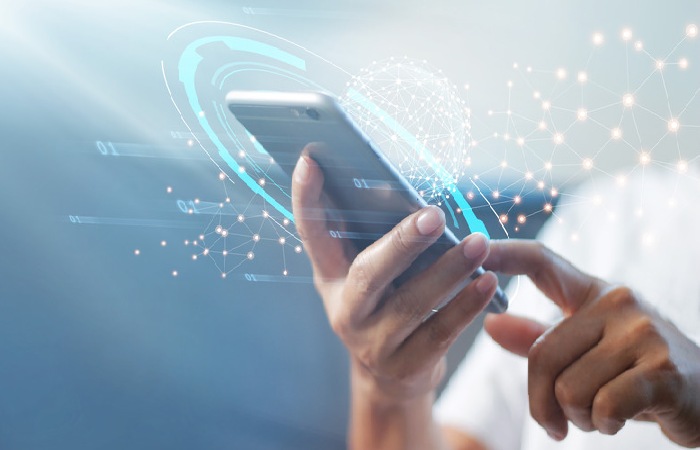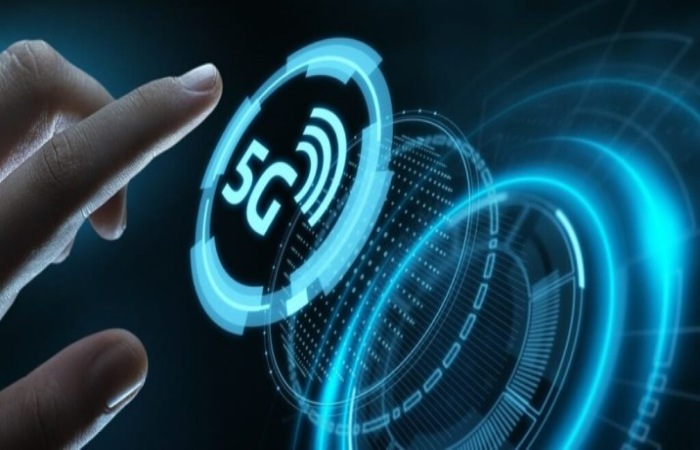Table of Contents
5G UC Android Meaning
5G UC refers to customers link to a 5G network, which is only shown on Android phones with 5G support with smartphones or iPhones, like iPhones 12 and 13. This means that 5G UC users connect to mid-band or (mmWave) 5G; for T-Mobile, it is more likely related to mid-band, as this drives up most telecom operators’ faster 5G network.
Regarding the network’s mmWave, it is perceived as the fastest 5G band commercially available. Still, it’s found in a few locations, uses a higher frequency than prior cellular networks, and allows blazing-fast connections.
This new network will only appear if you are a T-Mobile customer and notice a new “5G UC” icon in people’s Android phones’ status bar. The 5G UC is shown when a customer is connect to the T-Mobile Ultra Capacity 5G network. The premier of technology at T-Mobile, Neville Ray, said the carrier’s customers will sometimes see “5G UC,” which means they are in an area by fast speeds by Ultra Volume 5G.
What is 5G?

5G refers to the modern generation of wireless technology for cellular networks. It represents a significant advancement in telecommunications technology compared to its predecessor, 4G (fourth generation). Here are some main features and aspects of 5G:
Higher Speeds
5G networks are design to provide significantly faster data speeds than 4G. It can potentially deliver peak data rates of several gigabits per second (Gbps), many times faster than the maximum speeds achievable with 4G.
Low Latency
5G networks aim to reduce latency, the time data travels between devices and the network. Lower latency is critical for applications like real-time gaming, augmented reality, and autonomous vehicles.
Increased Capacity
5G networks are design to increase the number of connected devices significantly. It is crucial for the Internet of Things, where numerous devices must communicate simultaneously.
Improved Reliability
5G networks are engineered to provide more stable and consistent connections, even in areas with high user density. It is essential for crowded urban environments and large events.
Network Slicing
5G familiarizes “network slicing,” which lets operators create virtual, dedicated network segments for specific use cases or applications. It enables better customization and quality of service for different applications.
Frequency Bands
5G uses various frequency bands, including higher-frequency millimeter-wave (mmWave) bands. These higher frequencies offer greater bandwidth and faster speeds but have shorter ranges and can be blocked by obstacles.
Massive MIMO
5G networks often incorporate Massive Multiple Input, Multiple Output (MIMO) technology, which uses many antennas to improve network performance, coverage, and capacity.
Energy Efficiency
5G is design to remain more energy-efficient than preceding generations, essential for extending mobile strategies’ battery life and reducing network infrastructure’s carbon footprint.
Diverse Use Cases
5G is expect to support various applications, from enhanced mobile broadband and IoT to critical communication services like remote surgery and autonomous vehicles.
It’s important to note that 5G deployment varies by region, and not all aspects of 5G technology may be available everywhere. The rollout of 5G networks is ongoing and will continue to expand in the coming years, bringing new opportunities for communication and innovation across various industries.
Is 5G UC better than 5G?

5G UC typically mentions 5G Ultra Capacity, a marketing term used by some wireless carriers to help their enhanced 5G services. Whether 5G UC is better than standard 5G depends on your specific needs and location.
5G UC often describes networks offering faster speeds and lower latency than essential 5G networks. These enhanced capabilities can be beneficial for specific applications, such as:
High-bandwidth Applications
Suppose you require high-speed internet for activities like streaming 4K or 8K video, online gaming, or downloading large files quickly. In that case, 5G UC may provide a better experience due to its increased capacity.
Low Latency
For real-time applications similar to online gaming, video conferencing, and augmented or virtual reality, lower latency provided by 5G UC can lead to a more responsive and seamless user experience.
Crowded Areas
In densely populated areas where many users are simultaneously connecting to the network, 5G UC might offer better performance because it can handle more connections and data traffic.
However, it’s important to note that 5G UC is often deployed in select urban areas, and its availability can be limit compared to basic 5G, which has a broader coverage footprint. Additionally, the specific performance of 5G UC will depend on factors such as the carrier’s network infrastructure, the frequency bands they use, and the density of small cells and towers in the area.
Does 5G UC drain more battery?
5G Ultra Capacity (5G UC) can potentially consume more battery power compared to older cellular technologies or even basic 5G, but whether it significantly affects your device’s battery life depends on various factors:
Network Conditions
When connected to a 5G UC network, your device can experience faster data speeds, which may lead to increased data usage. Streaming high-definition content, downloading large files, or using bandwidth-intensive applications can consume more power and drain your battery more quickly.
Signal Strength
If your device is in an area with a weak 5G UC signal, it may have to work harder to maintain a connection. A machine struggling to establish and maintain a strong relationship can drain the battery faster as it continually searches for a better signal.
Device Optimization
Some newer smartphones and modems are design with power-efficient 5G capabilities, while others may not be as optimize. Your device’s 5G modem’s efficiency and ability to switch between 5G and other network types can impact battery life.
Applications
The specific apps and services you use on your device can also affect battery life. Certain apps may take advantage of 5G’s increased speed and consume more data, increasing power usage.
Mitigate Potential Battery Drain While Using 5G UC
- Use Wi-Fi when available: When you’re in an area with Wi-Fi, connecting to it can help conserve your device’s battery because Wi-Fi is generally more power-efficient than cellular data.
- Manage background apps: Keep an eye on apps running in the background and close those you don’t need to conserve battery life.
- Adjust screen brightness and timeout: Lowering your screen brightness and setting a shorter screen timeout can reduce overall power consumption.
- Monitor and limit data-intensive activities: If you’re concerned about battery life, remember data-heavy tasks like streaming high-definition videos or downloading large files.
- Use battery-saving modes: Most smartphones offer battery-saving modes that can help extend battery life through limiting background processes and network activity.
Conclusion
In conclusion, while 5G UC can potentially consume more battery power due to faster data speeds and increased data usage, the extent of the impact will vary based on network conditions, device optimization, and usage habits. Managing your device’s settings and being mindful of power-hungry applications can help mitigate any battery drain issues associated with 5G UC.
